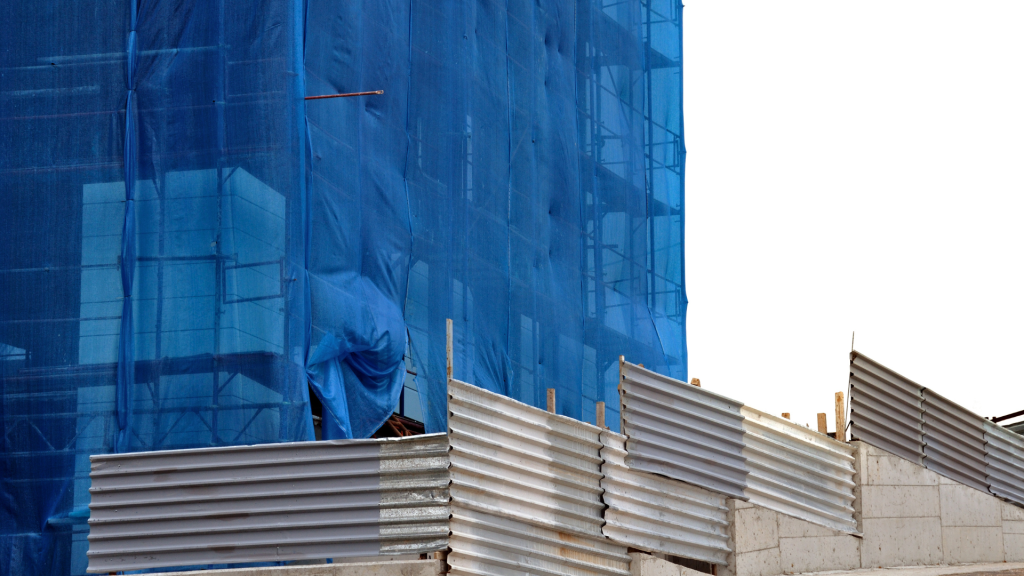
Construction projects, whether big or small, often leave behind a significant amount of debris that needs to be properly managed and disposed of. From discarded materials to rubble, managing construction waste is essential for maintaining a clean and safe environment. However, one of the major challenges that arise during this process is controlling the dust generated from construction sites.
Construction debris can include various materials such as concrete, wood, metals, plastics, and more, each requiring specific approaches for removal and disposal. However, irrespective of the type of debris, dust control remains a common concern. Certain methods used for dust suppression are also becoming commonplace in the debris removal process. After all, excessive dust not only poses health risks but can also cause damage to surrounding areas and compromise the overall aesthetic appeal.
In this blog article, we will explore some of the most important types of construction equipment and methods used for debris removal.
What Are the Different Types of Construction Equipment Used for Debris Removal?
There are various types of machinery and equipment in the construction industry whether someone wants Full demolition in Essex for all types of property and get a new building erected or they just need to repair or renovate an existing structure. While tools like scaffolding, ladders, and power tools are necessary for the latter part of the job, the former requires the following:
- Excavators: Excavators are large machines used to dig holes or trenches. They typically have a bucket attached to the end of a long arm operated by a hydraulic system.
- Bulldozers: Bulldozers are large tracked vehicles with heavy blades attached to the front. They are used to push the earth and other materials.
- Cranes: Cranes are tall machines with long arms and a hook or bucket. They are used to lift heavy objects.
- Forklifts: Forklifts are small, powerful machines with forks on the front that can be raised and lowered. They are used to lift and move heavy objects such as pallets of bricks or lumber.
How to Choose the Right Construction Equipment To Effectively Remove Debris?
When it comes to effectively removing construction debris, choosing the right construction equipment is paramount. Various types of equipment are available for construction projects. Looking into a construction Equipment Rental could be a more cost-effective solution than buying the required machinery. The selection of appropriate apparatus can significantly enhance the efficiency and speed of debris removal, ensuring a smooth cleanup process.
Firstly, it is crucial to assess the nature and volume of debris to be cleared. For heavier materials like concrete or metals, heavy-duty equipment such as excavators or loaders may be necessary.
Secondly, lighter debris like wood or plastic might require skid-steer loaders or forklifts. Additionally, considering the terrain and accessibility of the construction site is essential to determine the size and maneuverability of the equipment.
Finally, safety features, fuel efficiency, and maintenance requirements should also be taken into account.
Cleaning up construction debris can be dangerous work. If you are unsure of the tools and techniques required, you could take the help of construction clean up services in Fort Collins, CO, or one nearer to where you are located.
What Are the Benefits of Construction Equipment?
Construction equipment can be a great asset to any construction business. There are many benefits of using construction equipment beyond debris removal, including:
1. Increased Productivity – Construction equipment can help you do the job faster and more efficiently.
2. Reduced Labor costs – By using construction equipment, you can reduce the labor required for the job, saving you money.
3. Improved Safety – Construction equipment can help enhance safety on-site by reducing the risk of accidents and injuries.
4. Increased Flexibility – Construction equipment can be used for various tasks, giving you greater flexibility in how you use your resources.
5. Better Quality Work – When you use construction equipment, you can often achieve better results than if you were to do the same task by hand. This is because construction equipment is designed to perform specific functions accurately.
What Is the Future of Construction Debris Removal Process?
The construction industry is rapidly evolving. Construction equipment is becoming more sophisticated, multipurpose, and there is a growing demand for newer models that are eco-friendly.
Construction companies are always looking for ways to improve efficiency and save money. As a result, construction equipment manufacturers are constantly innovating and introducing new products to the market, especially to deal with the issues of cleanup and debris removal.
Some of the latest trends in this process include:
1. Heavy-Duty Excavators: These are designed for large-scale projects such as mining and tunneling. They are equipped with powerful engines and can handle heavy loads.
2. Skid-Steer Loaders: These versatile machines can be used for various tasks, including digging, grading, and loading materials. Skid-steer loaders are compact and easy to maneuver, making them ideal for tight spaces.
3. Telehandlers: Telehandlers are similar to forklifts but have a boom that allows them to reach high places. They are commonly used on construction sites to move materials around.
4. Wheel Loaders: Wheel loaders are used to move materials like dirt, gravel, and snow. They can also be used to load trucks and excavators. Wheel loaders come in various sizes so they can be matched to the needs of any construction project.
If you’re in the construction industry, then you know that having the right equipment is essential to getting the job done. With so many different types of equipment available, it can be tough to see what you need and what you don’t. But with our guide, you’ll be able to figure out precisely what construction equipment you need to clean up after the work is done.